4health with Wholesome Grains All Life Stages Chicken Formula Dry Cat Food
Keep your cat healthy, happy and full with the 4health with Wholesome Grains All Life Stages Chicken Formula Dry Cat Food. The wholesome, carefully selected ingredients provide optimal nutrition for adult cats and kittens. The kibble is made from real chicken and wholesome grains to deliver quality protein and mouthwatering flavor. In addition, all the essential vitamins and minerals – from taurine to omega fatty acids – are added. Probiotics in the cat food also help maintain the proper balance in your cat’s digestive system. Pick up a bag of 4health dry cat food today. Made in USA.
Keep your cat healthy, happy and full with the 4health with Wholesome Grains All Life Stages Chicken Formula Dry Cat Food. The wholesome, carefully selected ingredients provide optimal nutrition for adult cats and kittens. The kibble is made from real chicken and wholesome grains to deliver quality protein and mouthwatering flavor. In addition, all the essential vitamins and minerals – from taurine to omega fatty acids – are added. Probiotics in the cat food also help maintain the proper balance in your cat’s digestive system. Pick up a bag of 4health dry cat food today. Made in USA.
- Meets the nutritional needs of adult cats and kittens
- Made with real chicken and wholesome grains to ensure optimal diet
- Formulated with select ingredients and underwent rigorous quality control processes
- Fortified with taurine to support heart health and eye health
- Blend of omega-6 and omega-3 fatty acids helps keep the skin and coat healthy and shiny
- Probiotics help maintain the proper balance in your cat’s digestive system; each cup of dry cat food provides live, active cultures that help support healthy digestion
- Contains guaranteed levels of zinc, selenium and vitamin E for immune-supporting antioxidant nutrition
- Chicken and rice flavor attracts most cats
- Made in USA
- Cat food comes in several different size bags to choose from
- Formulated to meet the nutritional levels established by the AAFCO Cat Food Nutrient Profiles for maintenance
Additional information
| Country of Origin | Made in USA |
|---|---|
| Breed Size | Extra Small, Small, Medium, Large, Extra Large |
| Flavor | Chicken |
| Health Features | Heart Health, Immune System Support, Digestion Support, Vision Health, Skin & Coat Health |
| Indoor/Outdoor | Indoor and Outdoor |
| Life Stage | All Life Stages |
| Primary Flavor | Chicken |
| Special Diets | With Grain, Probiotics, Preservative Free, AAFCO Formulated, Omega Fatty Acids |
| Manufacturer Part Number | 9820 |

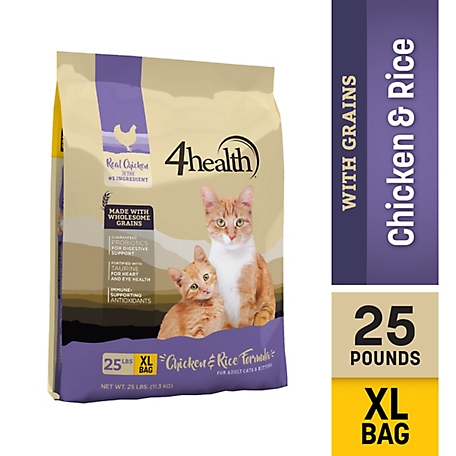
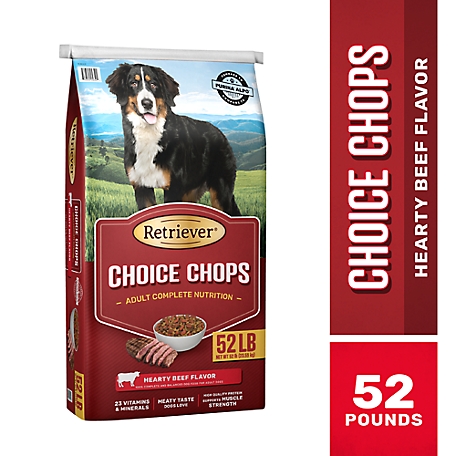
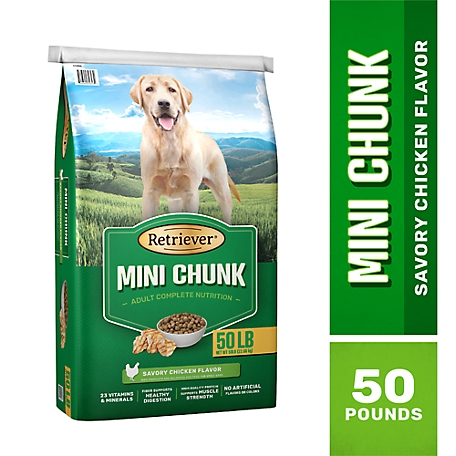
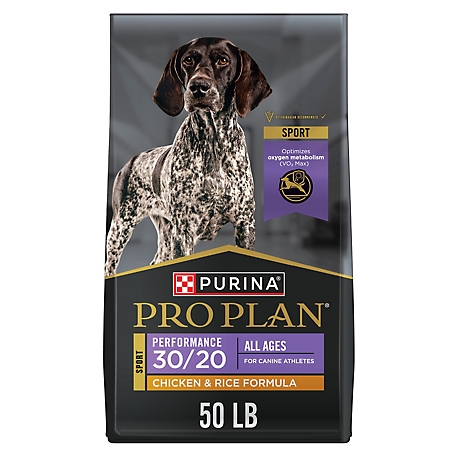
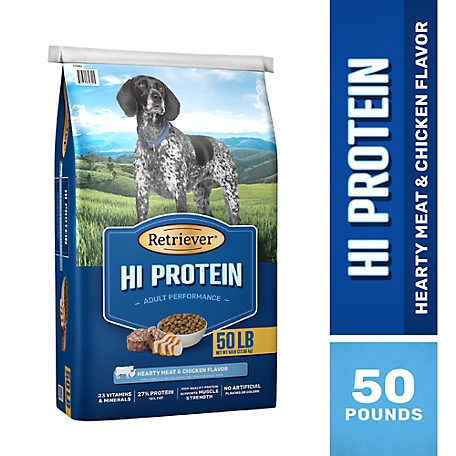
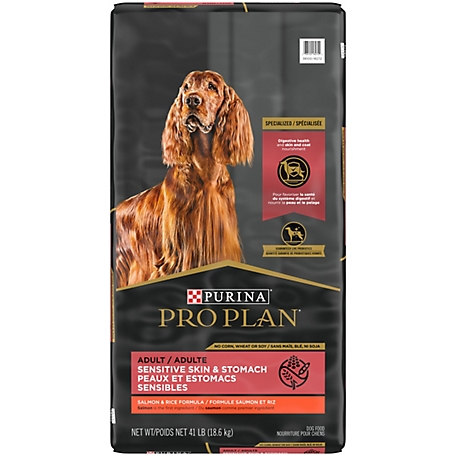
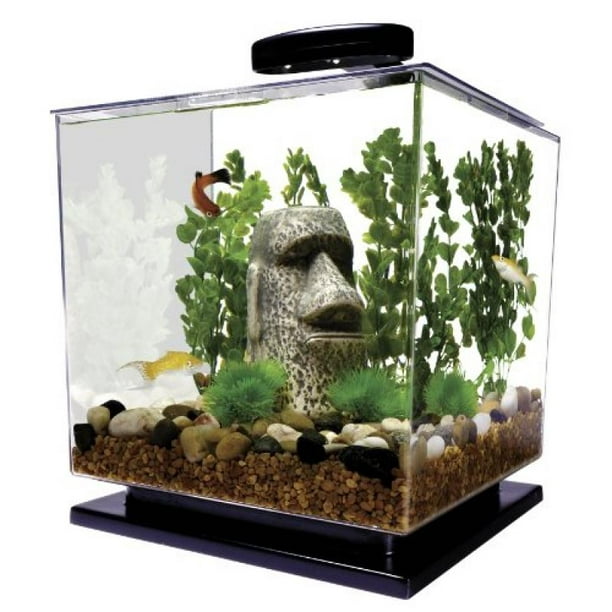
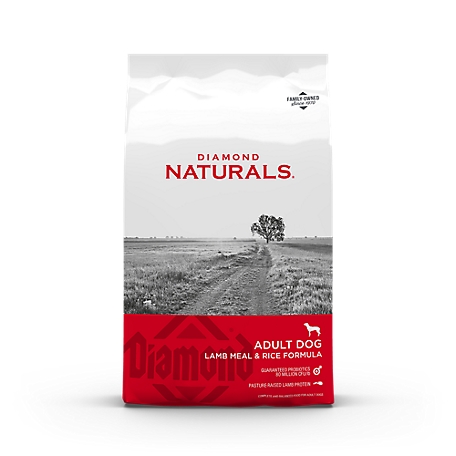
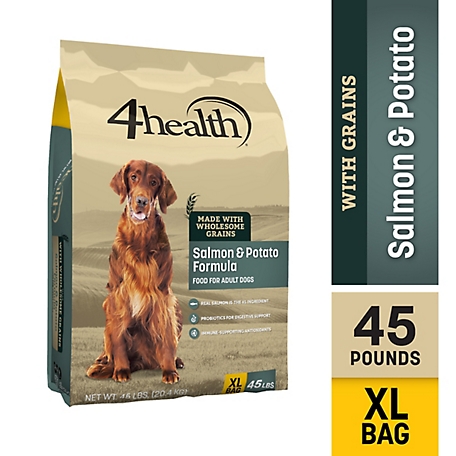

by Karen
Cats love this. I like that there aren’t Bunch of fillers that wouldn’t be good for them.
by Pam
Cats love this. I like that there aren’t Bunch of fillers that wouldn’t be good for them.
by Chilly
Cats like it! They are rather picky but they like this food.
by Kavin
Great food the cat loves. Great price I do.
by Thomas
Super high nutrition without the high price.